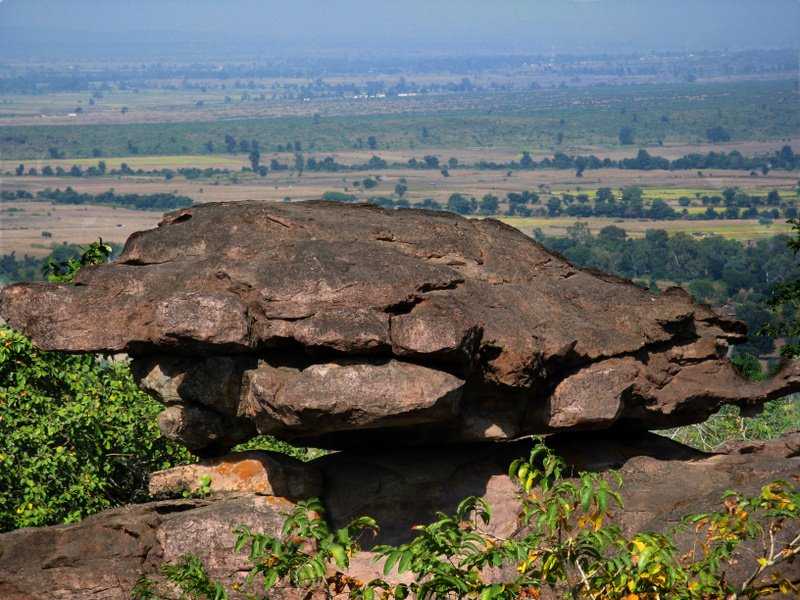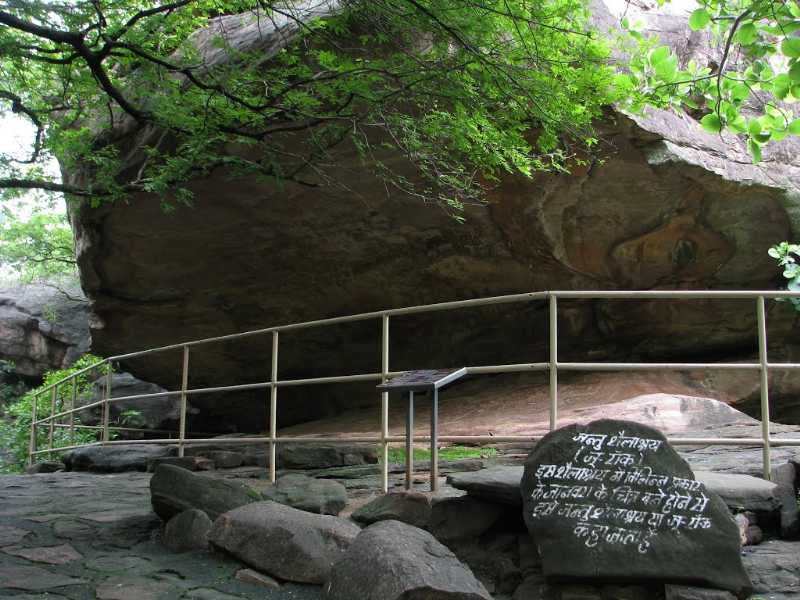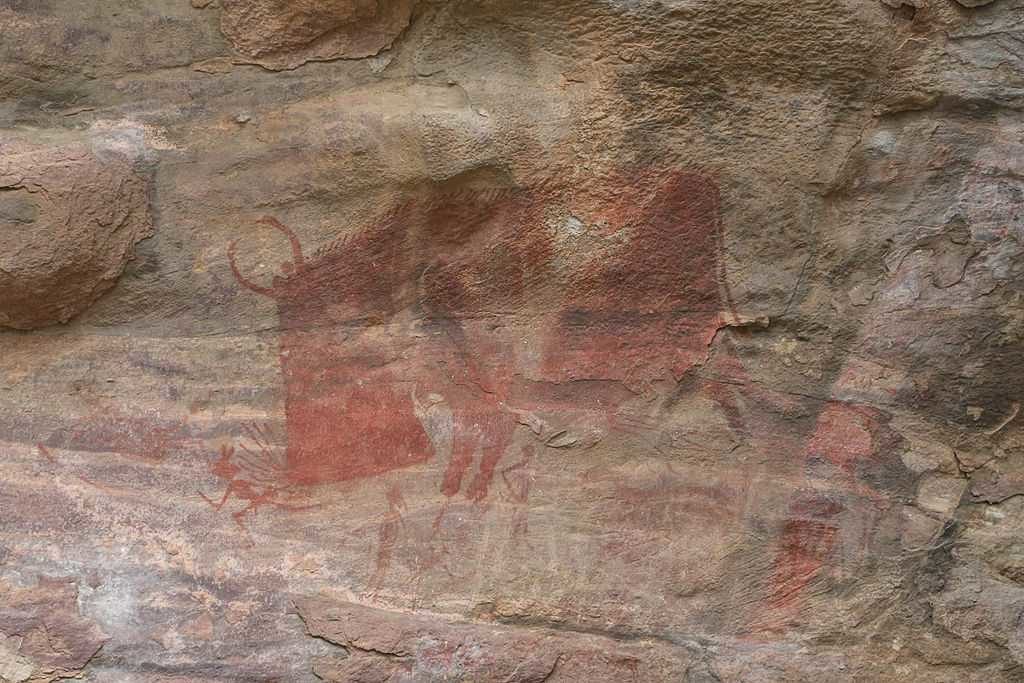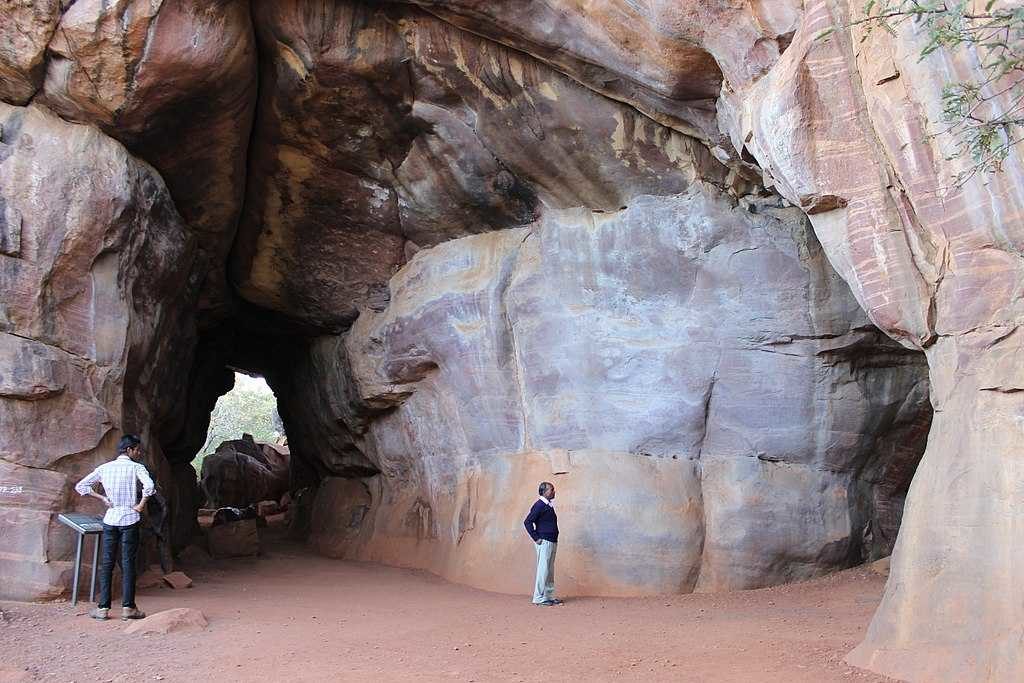Bhimbetka Caves

Bhimbetka Tourism
The Bhimbetka rock shelters are an archaeological site, exhibiting the earliest traces of human life on the Indian subcontinent, and thus the beginning of the South Asian Stone Age. It was declared a World Heritage Site in 2003.
Bhimbetka is home to more than 500 rock shelters and caves which have a large number of paintings. The oldest paintings are considered to be 30,000 years old, but some of the geometric figures date to as recently as the medieval period. The colors used are vegetable colors which have endured through time because the drawings were generally made deep inside a niche or on inner walls. It a great place to visit for almost all age group people.




How to reach
There is no direct flight or rail connectivity, however, to Bhimbetka. The Raja Bhoj Airport in Bhopal is the nearest airport that connects Bhimbetka to the rest of India. The nearest railway station to Bhimbetka is in Bhopal, which is around 45 km away from Bhimbetka
Hoshangabad, Bhimbetka Overview
Lying along the banks of river Narmada in Madhya Pradesh, the district of Hoshangabad is a charming tourist destination which has a number of tourist destinations located in and around it. It has been named after Hoshang Shah, the first ruler of the Malwa Region. Hoshangabad is blessed with a mix of natural sightseeing and historical monuments that includes a number of picture-perfect attractions such as the prehistoric Bhimbetka Rock Shelters, Pachmarhi – a cool hill station, and the refreshing Adamgarh Hills. In addition to being a beautiful location in itself, Hoshangabad is a gateway to a number of other popular destinations as well. A notable fact about Hoshangabad is that it trades in some exquisite pieces of handicraft, silk, leather and pulses, which make it’s shopper’s delight.
Situated in the Satpura Hills, Hoshangabad has a plethora of destinations waiting to be explored. Perhaps the first name that comes on top of this list is that of Panchmarhi, which is a pristine hill station untouched by the din of the city; Sethani ghat – an ancient ghat built on the Narmada River and many more such stunning getaways. It is a great idea to make Hoshangabad your base and explore the lovely getaways around it.
How to reach
Bhimbetka is around 70 km away from Bhopal. You can reach here in one hour on a bike or in a car. You can also catch a local bus heading for Hoshangabad. But it won’t take you to the Bhimbetka rock shelter. You have to get down at the turn on the main road, and from there either get an auto or walk. Don’t walk from there as the ticket counter, and then the main site is 5km away from the road.
Executed mainly in red and white with the occasional use of green and yellow, with themes taken from the every day events of aeons ago, the scenes usually depict hunting, dancing, music, horse and elephant riders, animals fighting, honey collection, decoration of bodies, disguises, masking and household scenes. The superimposition of paintings shows that the same canvas was used by different people at different times. The drawings and paintings can be classified under seven different periods
Bhimbetka is surrounded by the northern fringe of the Vindhya mountain range, located some 46km from Bhopal. The town is also known as Bhima’s lounge (Bhima was the second of the five Pandava princes),
A pre-historic site, its colossal rock formation is believed to have provided ample cover to the ancient tribes dwelling here. Of late, about 760 rock shelters of the Neolithic age (circa 8,000 b.c.) were discovered here. These shelters are decorated with picture writings, depicting the life and times of pre-historic cave dwellers. Some of the drawings in white are reminiscent of the cave paintings in Pachmarhi, making the Bhimbetka group an archaeological precious account in the history of man.
Most of the paintings here are in red and white with occasional dashes of yellow and green. These paintings derive their themes from events in everyday life, thousands of years ago. The scenes depicted are mainly of dancing, playing music, hunting, horse riding, elephant riding, decorating bodies, collecting honey. Household scenes show up in these paintings, too. Animals such as tiger, lion, wild boar, bison, elephant, dog and crocodile – species that pre-historic man must have encountered have also been portrayed.
The walls of these shelters are decked with religious symbols popular with these pre-historic artists. The paintings are often superimposed, revealing that the surface was used by different people at different times. Some of the work is estimated to be as old as 30,000 years, while the more recent pictures can be traced back to the medieval period.
Paintings have drawings that relate to different age and era. Rhinos, wild buffaloes, bisons and mammoths shown in the cave paintings of Bhimbetka belonged to the Palaeolithic age. Some of the paintings also depict mythical creatures and events.
Hunting scenes of the paintings were a popular motif with the Mesolithic rock painters.
One also finds paintings done on Chaleolithic pottery here. Painted mainly in red, white and yellow, the figures of riders, religious symbols, tunic-like dresses and scripts of this group follow a decorative and schematic style belong to early historic period. The drawings of human figures in green colour and occasionally of pale yellow, dark purple and shades of red pertain to medieval period.
Nearest city Bhopal is just 46 kilometers from here. By air Bhopal is well connected with Mumbai, Delhi, Jabalpur and Indore. The most convenient rail-head are Delhi-Chennai and Delhi-Mumbai mainline. Bhimbetka is connected with Bhopal by bus. One can also opt for taxi.

